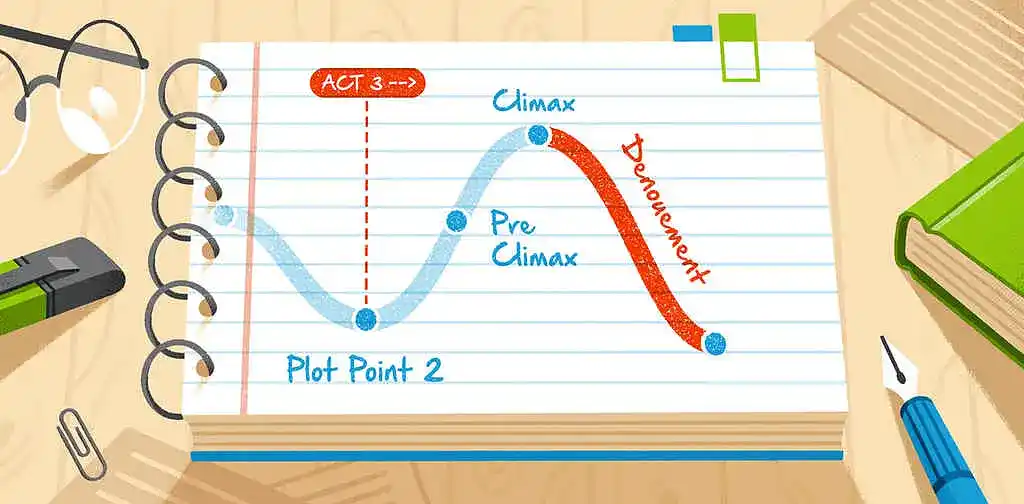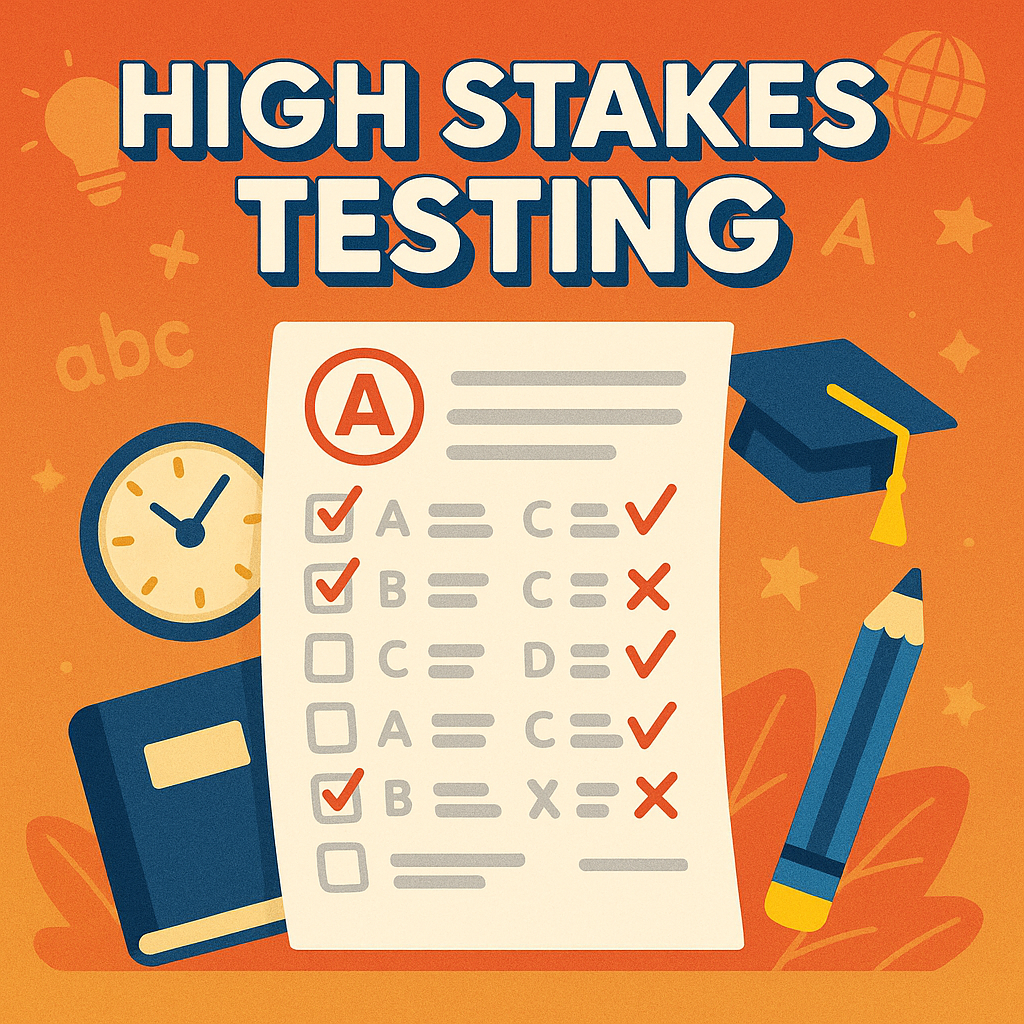
JAKARTA, inca.ac.id – Hey fellow storytellers, it’s me again, dropping in with a topic that honestly kept me awake more than once: Denouement: Tying Up Narrative Loose Ends. Let’s cut the fluff—nailing the ending is hard, right? I don’t know how many times I’ve scrolled back through my own drafts thinking, “Wait, did I just forget to mention what happened to that one character… again?”
What Even IS a Denouement? Let’s Keep It Simple

So, quick and dirty: the denouement is where you wrap everything up after your big climax. Plot threads, character arcs, lingering mysteries—this is where we light the last candle and let readers breathe out. But, gah, I used to be //so// bad at it.
My earliest stories just sorta… ended. Oops. The villain would flee into the night, Lucy would just stop talking to her crush, and I’d close the laptop like, ‘Yeah, that’s done!’ Spoiler: my beta readers were not impressed. According to a 2020 Reedsy study, 68% of readers feel disappointed by unsatisfying endings. That’s a gut-punch statistic if you want your stories to resonate (and be remembered!).
Biggest Denouement Fails (And What I Learned)
Alright, confession time. My first indie romance novel—self-published, be kind—straight up forgot to clarify if the main couple actually stayed together, or even saw each other again. Seriously. I was so hyped to finish, I figured the reader would just “get it.”
Guess what? Six out of ten Amazon reviews called me out for leaving them hanging. Yikes. That’s when I started paying close attention to narrative loose ends. When denouement is rushed or skipped, it feels like a letdown. If you’re nodding along, you know the pain.
How I Started Fixing My Endings
It took some humbling feedback, but here’s what really helped:
1. Keep a ‘Loose End’ List as You Go
Sounds obvious, but I make a simple bullet list of every subplot, promise, or mysterious character I introduce. If Sarah’s grandma has a secret tattoo in chapter three, I jot it down. No way I’m forgetting it if it’s on my screen when I write the finale.
2. Use the Denouement For Emotional Payoff
I realized it’s not just about plot; it’s about feelings. Did the characters change? Did they get what they wanted—or learn why they couldn’t? One trick I love: in the denouement, give the cast a quiet moment together (even if it’s just texting each other) to reinforce those new vibes.
3. Beta Read With ‘Loose Ends Detector’ Mode
Hand your draft to someone you trust, but tell them to specifically hunt for unanswered questions. My friend Dini is ruthless with this, and her notes are gold. Better a bit of embarrassment now than a Goodreads flame later.
Classic Examples (And Why They Work)
For all of you looking for Knowledge and inspo, check these out:
- Harry Potter and the Deathly Hallows: Every character’s fate gets tied up in a neat (and mostly happy) bow. Even Neville gets his time to shine.
- The Lord of the Rings: That long, gentle closing after the climax? It gives space for goodbyes and reflection. Tolkien shows that closure isn’t fast food—it’s a slow, satisfying meal.
- Gone Girl: Okay, bit of a controversial one, but the ending actually circles back to ALL the psychological games set up in Act 1. Love it or hate it, it’s a denouement that fits the mess it created.
The Fine Line: Not Everything Needs Tying Up (Trust Me)
Here’s something it took me years (and like, seven short stories) to accept: you don’t have to over-explain. Too much neatness feels fake. It’s okay to let smaller, less meaningful threads stay dangling if they add intrigue or realism—just don’t ignore the *important* stuff.
I once spent a page on what happened to a side character’s dog. Readers… did not care. Lesson learned: only tie up what matters to your story’s heart.
Quick Denouement Tips Checklist
- Give space. A rushed two-line conclusion kills the mood. Even a 150-word wrap-up lets the dust settle.
- Circle back. Reference something from your opening—echoes make endings feel earned.
- Mind your theme. If your story’s about finding freedom, don’t leave your main character stuck in the same situation (unless it’s part of your message).
- Ask, “Did I answer the big promises?” If not, fix it now. Readers never forget being ghosted by a story.
Let’s Be Honest: Mistakes Are How You Improve
Every piece I’ve finished taught me something about endings. The best denouement doesn’t just tie bows, it gives readers a final punch—or hug, or kick in the feels. Even when I mess up, it just means my next one’s gonna be tighter and more satisfying.
So hey, if you’re staring down your own messy last chapter, just remember: we’ve all been there, and you can totally fix it. Don’t be afraid to rewrite, to ask a friend, or even to let an important loose end *linger* if it serves the story.
Promise me this: next time, when you type “The End,” double-check your denouement and make it a moment your readers never forget. You got this!
Read also about Literary Critique to delve into the analysis, interpretation, and evaluation of texts that uncover deeper meanings, cultural contexts, and artistic techniques.
#blogging #creative writing #denouement #loose ends #Narrative Structure #Storytelling #Writing Tips







